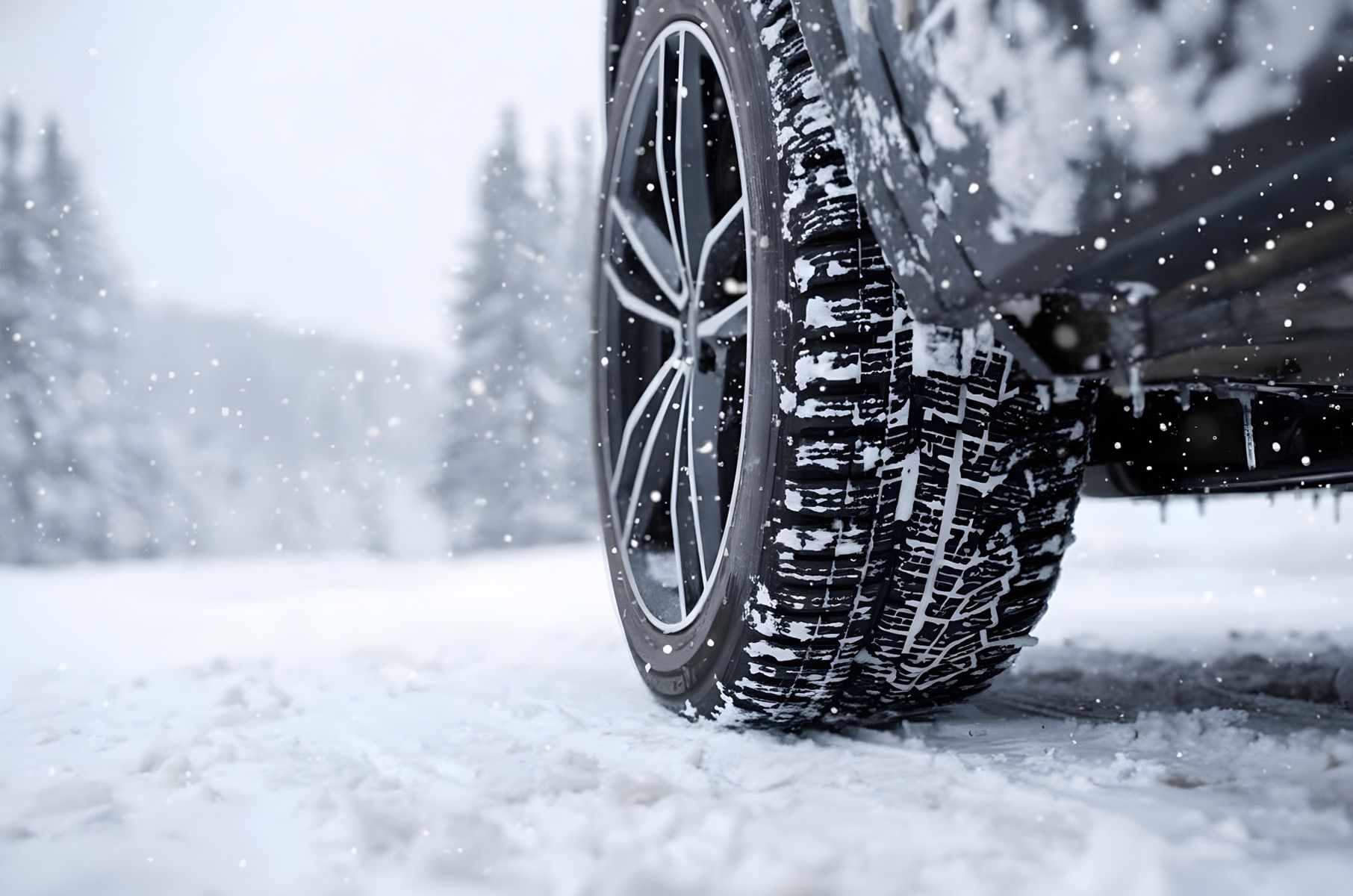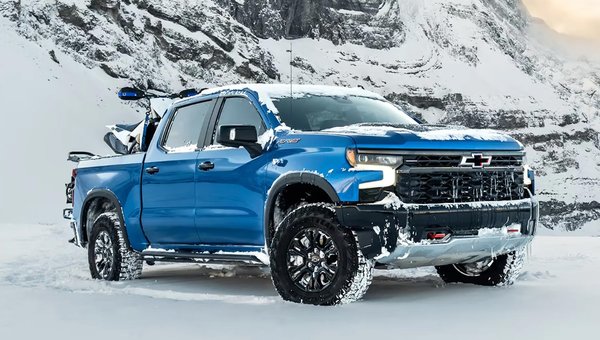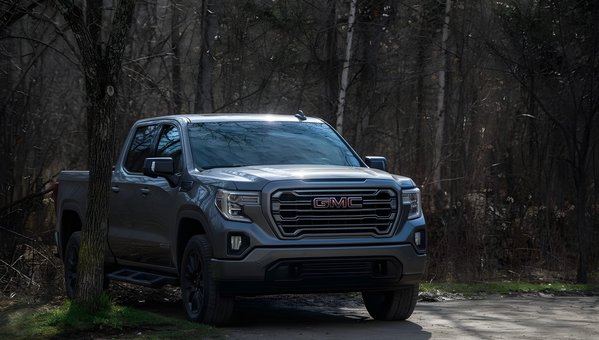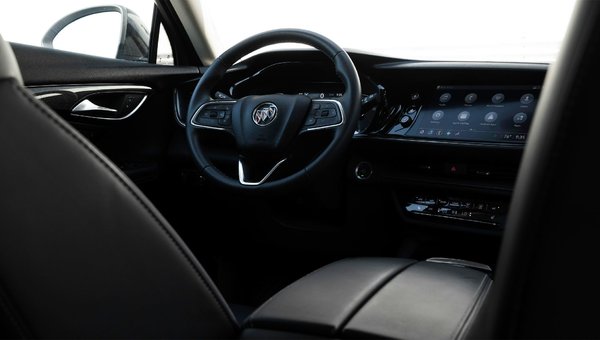Winter Driving in Quebec: Essential Tips and Preparations to Face the Cold
Winter Driving in Quebec: Essential Tips and Preparations to Face the Cold
May 15 2025, Clément Sentein

Introduction
Quebec winters are known for their intensity: freezing temperatures, heavy snowfall, icy roads—conditions that truly test our driving skills and vehicle reliability. To drive safely and avoid breakdowns, thorough preparation is vital. From choosing the right tires to starting your engine in deep cold, this article covers the main winter driving tips in Quebec and shows you how to keep your car running in often extreme conditions.
The Basics of Winter Driving
Tips for Driving on Snow and Ice
- Slow down: the golden rule. Even if you feel comfortable, braking distance skyrockets on slippery surfaces.
- Anticipate: look ahead to spot black ice or snow buildup. Start braking earlier than you would on dry pavement.
- ABS brakes on ice: maintain steady pressure on the pedal. ABS adjusts braking force to prevent wheel lockup—no need to pump as with older systems.
- Keep your distance: leave a larger gap to the vehicle ahead, as sudden skids or hard brakes can occur at any moment.
- Be gentle in turns: lower speed before entering curves, avoid abrupt steering inputs that could lead to oversteer or understeer.
AWD or Two-Wheel Drive for Winter?
Two-wheel drive (FWD or RWD): sufficient in well-cleared urban areas, as long as you install proper winter tires. However, RWD is less stable on very slick roads unless you weigh down the trunk to improve traction.
All-wheel drive (AWD/4x4): valuable especially in rural regions or hilly routes, offering better grip during starts or in deep snow. Beware, it doesn’t shorten braking distance—same caution still applies.
Preparing Your Car for Winter
How to Prepare Your Car for Winter: A Checklist
- Tire inspection: use winter-rated tires (mountain/snowflake symbol) with at least 4.8 mm tread depth.
- Coolant fluid: choose one rated for at least -35°C or -40°C.
- Battery: check its charge and terminals for corrosion. A weak battery may fail at the first major cold snap.
- Wiper blades: winter-style blades are sturdier—replace if the rubber is worn.
- Brakes: if they’re near their wear limit, have them changed promptly.
- Engine oil: some multi-viscosity oils work better in the cold—see your owner’s manual for recommended grade.
Engine Warm-Up in Winter: Guidelines
Cold start: letting the engine idle for 30–60 seconds is usually enough for proper lubrication.
Excessive idling: running the engine for many minutes isn’t always beneficial. Driving gently for a few kilometers warms up all fluids (transmission, differential).
Environment: limiting idle times saves fuel and reduces emissions.
Block Heater: Is It Necessary in Places Like Abitibi?
When temperatures dip below -25°C, a block heater proves highly useful:
Pros: easier starts, faster cabin heating, fuel savings during the first few kilometers.
Installation: many Quebec-sold vehicles have one pre-installed; otherwise, a garage can fit an external plug to connect at home.
Starting Your Car in Severe Cold
Cold-Weather Startup: Useful Tips
- Turn off accessories: switch off radio, blower, lights to preserve battery power for the starter.
- Don’t pump the gas pedal: modern fuel injection makes this unnecessary—a leftover practice from carbureted cars.
- Wait between attempts: if it doesn’t start right away, wait 30–60 seconds before trying again to avoid overheating the starter.
- Battery care: keep terminals clean and tight. If the battery’s over 4–5 years old, get it tested (charge, cold cranking amps).
De-Icing Products for Locks and Windshield
Frozen locks: lock de-icer is handy—keep it on you, not inside the glove box.
Frosted windshield: a scraper + snow brush are essentials. Liquid de-icers can help, but be cautious around paint.
Avoid pouring boiling water; use the car’s heater and gentle scraping to prevent cracks.
Precautions for Winter Journeys
Traveling in Winter in Abitibi: Key Preparations
- Inform others: share your route and expected arrival time if heading into remote or rural areas.
- Road conditions: check traffic reports, especially before a forecasted storm.
- Fuel: keep the tank at least half full to run the engine intermittently if stuck in a snowbank.
Winter Emergency Kit for Your Car
- Warm blanket or sleeping bag
- Extra clothing, gloves, hats
- Collapsible shovel, jumper cables
- Flashlight + spare batteries
- Bag of salt or sand for traction
- Non-perishable snacks (energy bars)
- Backup scraper and snow brush
Reduced Visibility During a Snowstorm: Drive Carefully
Use low-beam headlights: even during the day, so others can see you.
Avoid unnecessary passing: blowing snow can cut visibility to zero.
If visibility is too poor: find a safe area to pull off, not just the shoulder (risk of collision or being buried by plows).
Tires and Regulations
Studded Tires in Quebec: Rules and Usage
Allowed from October 15 to May 1 for vehicles under 3000 kg. Pros: excellent on icy roads, shorter braking distance. Cons: noisy, more road wear, may not be necessary for well-plowed urban areas where quality winter tires suffice.
Tire Pressure in Winter: What’s the Difference?
Cold weather lowers tire pressure (about 1 PSI drop per 5–6°C). Check monthly: underinflated tires increase fuel use and wear.
Refer to the recommended pressure on the door jamb sticker.
Winterizing an Unused Vehicle
Storing Your Car If It Won’t Be Used (Winter Storage)
- Thorough cleaning: inside and out, to prevent rust from trapped dirt and moisture.
- Rust protection: apply wax or sealant underneath.
- Full fuel tank: reduces internal condensation; add a fuel stabilizer if it’s stored for months.
- Battery: disconnect it or use a trickle charger.
- Tire pressure: inflate 2–3 PSI above normal to prevent flat spots.
Additional Tips to Beat the Cold
Radiator Cover in Winter: Purpose and Setup
Partially blocking the grille can help the engine warm up faster, but don’t block it entirely or risk overheating.
Watch your temperature gauge, especially on highways or in milder weather.
Preventing Car Doors from Freezing in Winter
Lubrication: apply silicone spray on door and trunk seals.
Dry off moisture: after a wash or heavy snowfall, wipe surfaces to reduce water buildup.
DIY methods: some drivers use petroleum jelly or electrical tape on outer seals to repel moisture.
Choosing a Vehicle Suited to Quebec Winters
A 4x4 or AWD SUV is handy if you live rurally or tackle unplowed roads regularly (higher ground clearance, better traction).
Still, remember that ultimate braking and cornering grip depend mostly on good winter tires and cautious driving.
Conclusion on Winter Driving in Quebec
Whether facing a blizzard in Gaspésie, extreme cold in Abitibi, or icy streets near major cities, Quebec winters demand heightened vigilance. Prepping your vehicle (tires, battery, maintenance), adapting your driving (lower speeds, anticipation, ABS usage), equipping a block heater and carrying a winter emergency kit all contribute to safer and more stress-free driving.
Stay updated on weather conditions, plan trips carefully, and consider postponing travel if forecasts are severe. With common sense, proper equipment, and diligent maintenance, you’ll enjoy Quebec’s winter season without sacrificing safety. Drive safe and stay warm!





